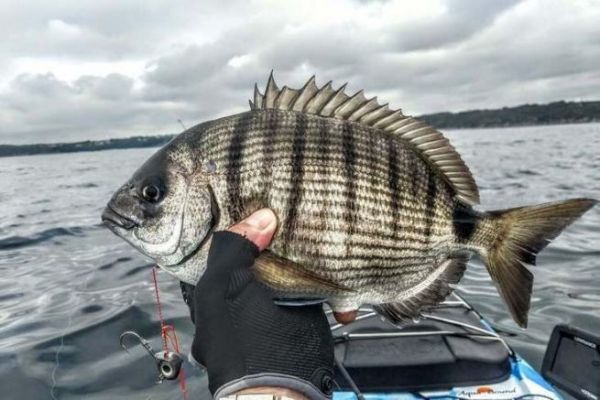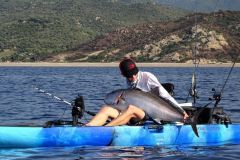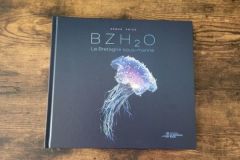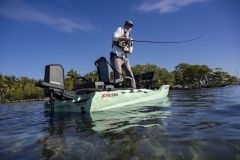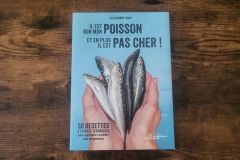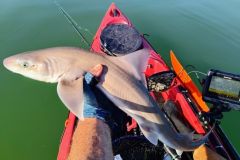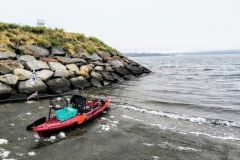For the kayak angler in me, this time of year is often the time to ask a few questions. Bad weather means that kayak anglers are often docked at this time of year. In addition to the bad weather, the regulations introduced in 2025 will force us to review our winter habits in depth.
Up until now, this spot, and its associated fishing techniques, occupied most of our winter sessions. That's no longer possible, as this resource is now closed to us. No need to mope, let's turn our attention to the species that are still accessible to us modest recreational anglers.
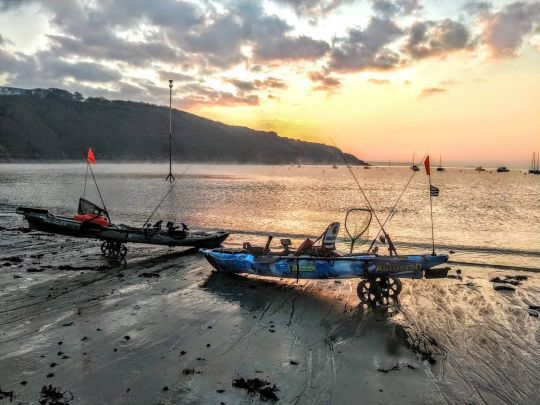
Many species to catch in winter
Many species have not yet entered their reproductive cycle and are therefore still feeding, but here are a few examples.
In the sparidae family, two species are well represented: the common sar (Diplodus sargus) and the grey sea bream (Spondyliosoma cantharus ). These two species are close cousins and have similar life habits. At the tip of Brittany, the breeding season starts around March/April, depending on temperatures. The sign to watch out for is when the sea bream start to turn blue on their heads, as they enter their nuptial period. Both species are doing well at the moment.
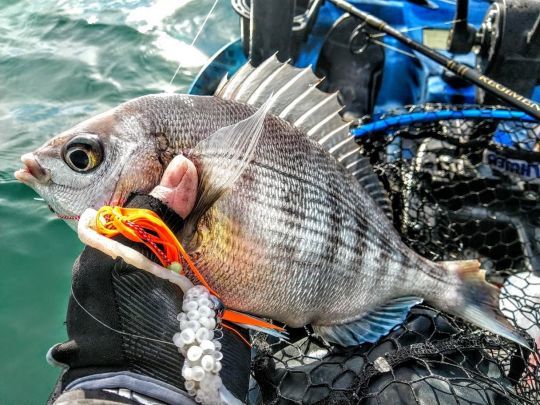
Different fishing techniques
For us kayakers, fishing techniques include searching with tenya, madaï or kabura. For sar, the fish are often to be found in the deepest breakers in the Brest bay, between 25 and 50 m deep, and are particularly fond of areas with currents. A tenya dressed with a whole tied prawn will make all the difference. The bite is brutal and the defense violent. Fish weighing 2 to 3 kilos are not uncommon and, on light tackle, are quite interesting. Watch your teeth when unhooking the fish!
For sea bream, the same tenya with gambas will decide the most beautiful individuals. They also respond well with kabura/cephalopod tentacles. Look for 15-30 m depths.
In both cases, fish using the kayak's drift and stay close to the bottom.
Other species of fish to catch
Other species to look for at this time of year, and with a good chance of finding them, are gurnards. There are four varieties in Brest harbor. The two most common are the perlon gurnard (Chelidonichthys lucerna), also known as trigle swallow, tomb or galinette, and many other nicknames. In winter, they're not too fussy and can be caught using any technique, and I've even caught some jigging for squid. It's a beautifully coloured fish, which usually makes for great photos.
The second is the red gurnard (Chelidonichthys cuculus), with the same feeding habits as the perlon gurnard.
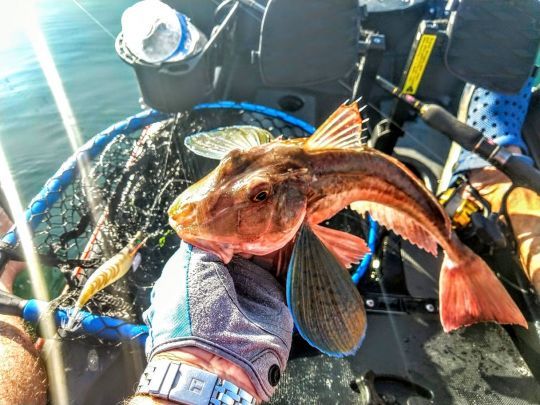
Cephalopods, cuttlefish, squid and octopus are also very much in evidence in the harbor. While classic jigs work well, especially in Tataki rigs, cage jigs with a sardine or a piece of mackerel will get the local octopus cracking.
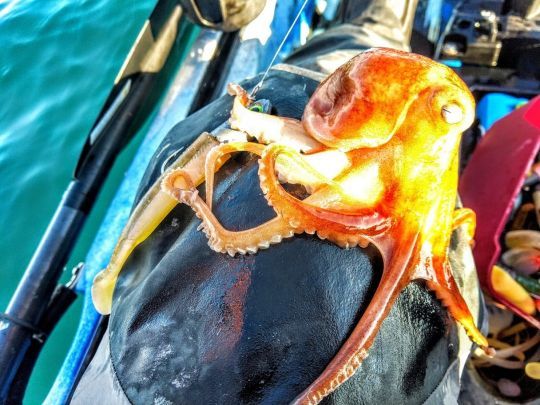
When fishing for pieces of fish, you may also come across small dogfish (Scyliorhinus canicula). They like sandy-muddy bottoms at depths of 20 meters.
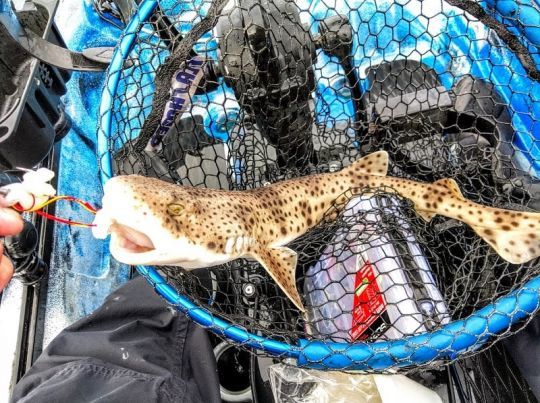
This list is not exhaustive, and other species can be found in the harbor at this time of year, such as triggerfish and pout. As you can see, it's a good idea to take advantage of the few weather windows that this winter is sure to give us, and to have some nice fishy sessions while waiting for spring.

 /
/ 